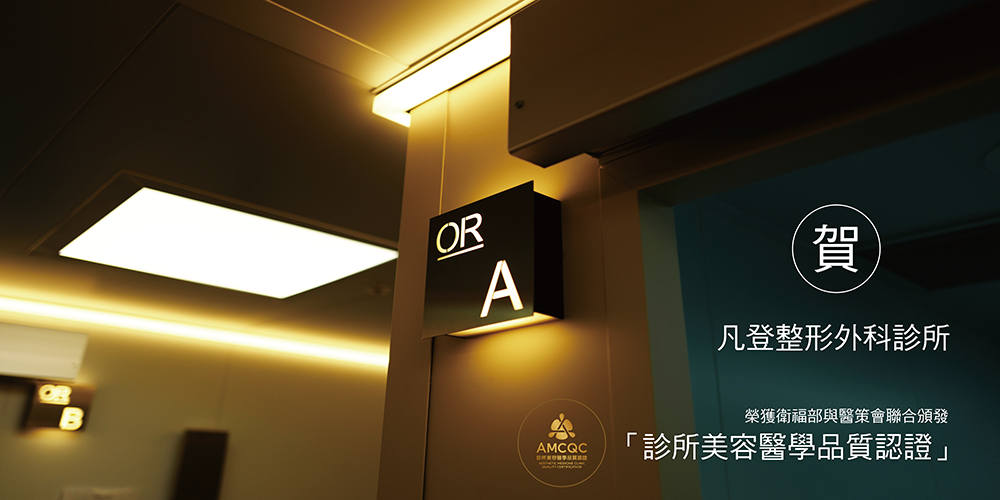Eye Bags Surgery

Eyelids are often the first area of the face to show signs of aging and the eye area are prone to wrinkles, saggy skin, and under eye bags due to a variety of factors including heredity, allergies, and lack of sleep. With increase usage of smartphones, even young adults in their late 20s have been bothered by under eye bags. Under eye bags and the skin laxity significantly reduce attractiveness and gives an impression of being tired old. Lower blepharoplasty is the most definitive method to rejuvenate the eye area.
Eye Bags, Tear Through, or Love Band?

Under Eye Bags
Under eye bags are commonly located below the “love bands” and are caused by the bulging orbital fat and/or the thinning of the orbital septum. There are three different types of eye bags as described in the next section and all of them gives the impression of looking tired.
Love Bands
“Love Bands” or “Lying Silkworm” is a thin layer (3 - 5 mm) of plumpness in the lower eyelid just below the lash lines. In Asian culture, it is known to be aesthetic favorable by giving an adorable, friendly, and youthful impression.
Tear Trough
Tear trough is an area caused by the attachment between the closure sphincter muscle and the orbital bone. The hollowing of the tear trough usually gradually develops with age, and can contributes to shadows, dark circles and a tired-looking appearance. Fat grafting and injectable fillers are the two options minimizing the hollowing, however, the longevity of the fillers are usually shorter than the fat grafts.
Types of Under Eye Bags

Excess fat deposits
Under eye bags caused by excess fat deposits can be removed by transconjunctival blepharoplasty (Scarless Eye Bags Removal).

Loose under eye skin
Under eye bags caused by the loosening of the skin may require surgical removal of excess skin to tighten and increase firmness of the under eye area.

Combination under eye bags
Under eye bags caused by excess fat deposits and loosening of the skin may require transcutaneous blepharoplasty to address both concerns.
Transconjunctival Blepharoplasty (Inside-the-Lid Incision)
Transconjunctival blepharoplasty refers to the removal of excess fat deposits by making an incision inside the eyelid. This technique does not cause damage to the orbicularis oculi muscle and prevent the risk of post-surgery ectropion. Moreover, the tear trough hollow can be corrected through the reposition of the fat pad. The recovery is faster with reduced bruising and swelling than the conventional technique.
Transcutaneous Blepharoplasty (Lower-Lid Incision)
Transcutaneous blepharoplasty is suitable for patients who have loosening of orbicularis oculi muscle and sagging skin around the eye area. This technique creates incision in the lower lid to remove the fat deposits and is able to tighten the loose skin within the same procedure.
Common Surgical Techniques Comparison For Lower Blepharoplasty
Transconjunctival Incision (Scarless)
Transcutaneous Incision
Suitable Candidates
Minimal skin loosening in the eye area
Severe skin loosening in the eye area
Surgery Time
About 60 minutes
60-90 minutes
Incision Location
Inside the eyelid (scarless)
Lower lash line
Recovery Time
5-7 Days
7-14 Days
Before and After
Post Operative Instructions for Facial Contouring Surgery
1. Icing should be continued 3 times daily (morning, noon, and night) for 10 - 15 minutes each for 48 hours. Resting with an elevated head is recommended to lessen swelling and bleeding.
2. Avoid over-hydration before bed to prevent swelling and delayed recovery time.
3. Face washing is permitted but avoid touching the wound with facial cleanser and any forms of skincare.
4. Cleanse the wound with saline and apply a thin layer of prescribed ointment twice daily. Keep the wound clean and dry. Do not apply make up before the removal of stitches to prevent infection.
5. Avoid smoking, alcohol, and irritating foods to prevent the delay of wound healing.
6. Avoid rubbing the eyes or any activities raising intraocular pressure such as crying and overuse of the eyes. Avoid lowering the head, lifting weights to prevent bleeding and wound laceration.
Frequently Asked Questions for Facial Contouring Surgery
Q:Why are my under eye circles appear darker after the surgery?Click for Answer
Under eye circles may appear darker after the surgery due to slower circulation and blood spearing beneath the tissues. Warm compresses and massages around the area with combined usage of eye creams may facilitate the removal of discoloration. However, if such discoloration is caused by the hollowing of the under eye area, fat grafting is recommended.
Q:Does the surgery require suture removal? Will scarring be noticeable after surgery?Click for Answer
Scarless under eye bags removal surgery does not require suture removal as the incision is made inside the lower eyelids and has no visible scars. Whereas, the scarring for lower blepharoplasty with transcutaneous incision is minimal and should be barely invisible after 3-6 months after the surgery as the incision is hidden in the natural crease of the lower eyelashes.






